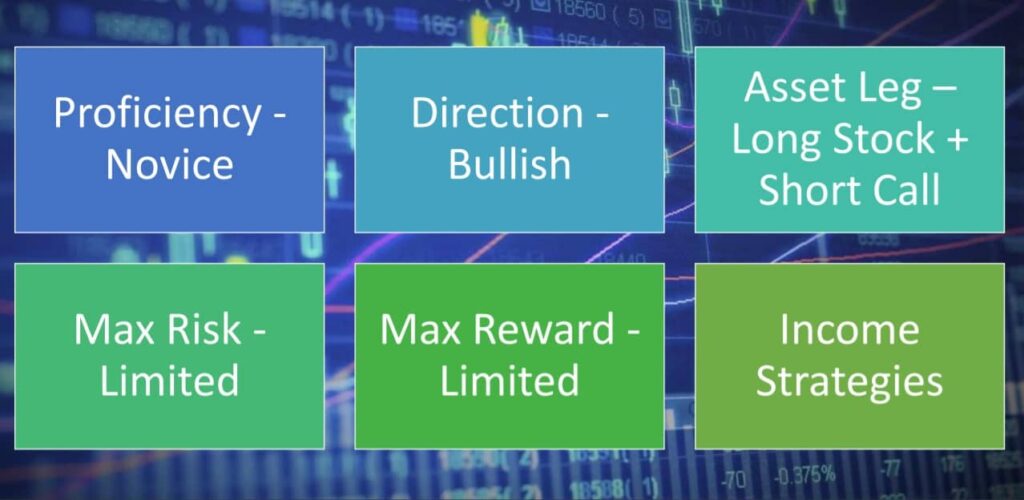
Menu



Outlook
Rationale
Net Position
Effect of Time Decay
Time Period to Trade
Breakeven = (Stock price paid – call premium)
Steps In
Steps Out
Exiting the Position
Mitigating a Loss
Advantages
Disadvantages
© 2021 All rights reserved
Ask Your Query